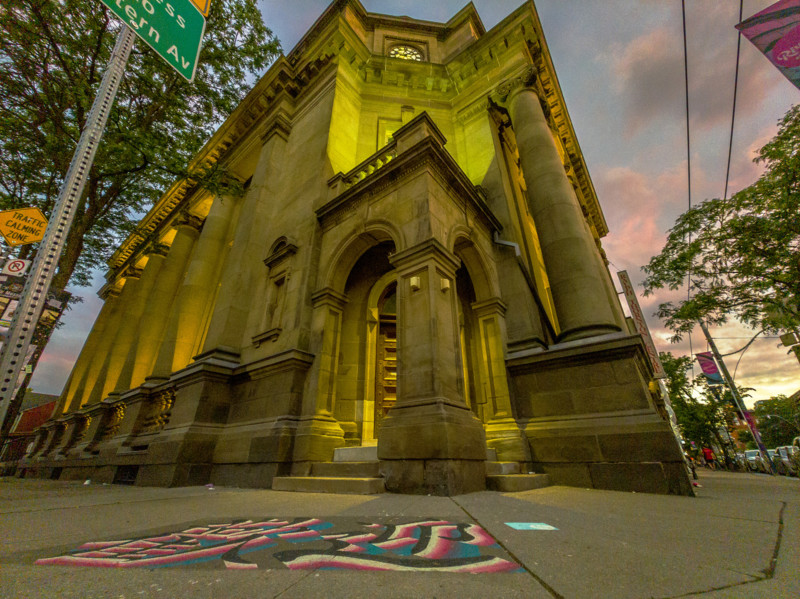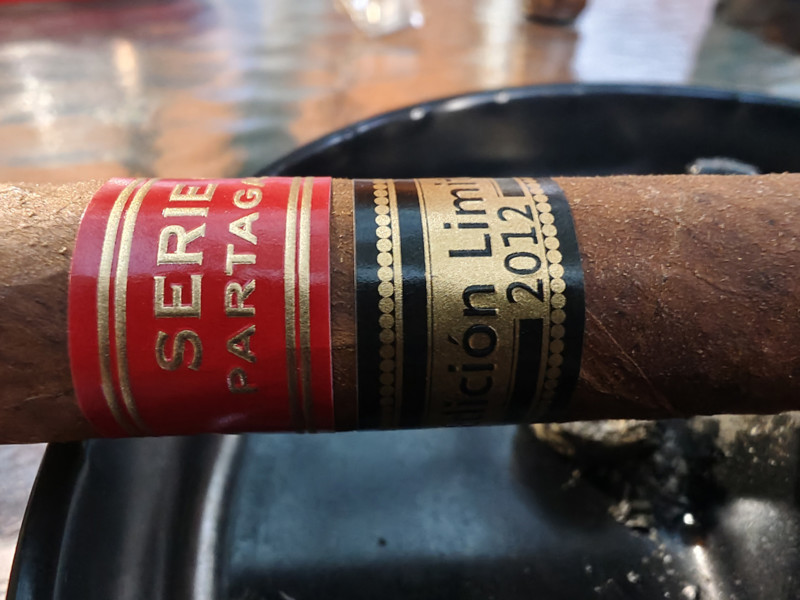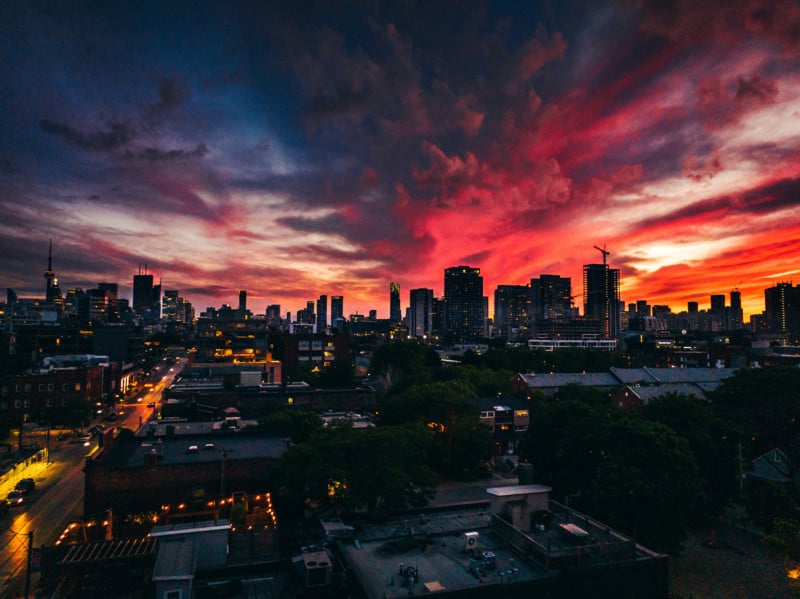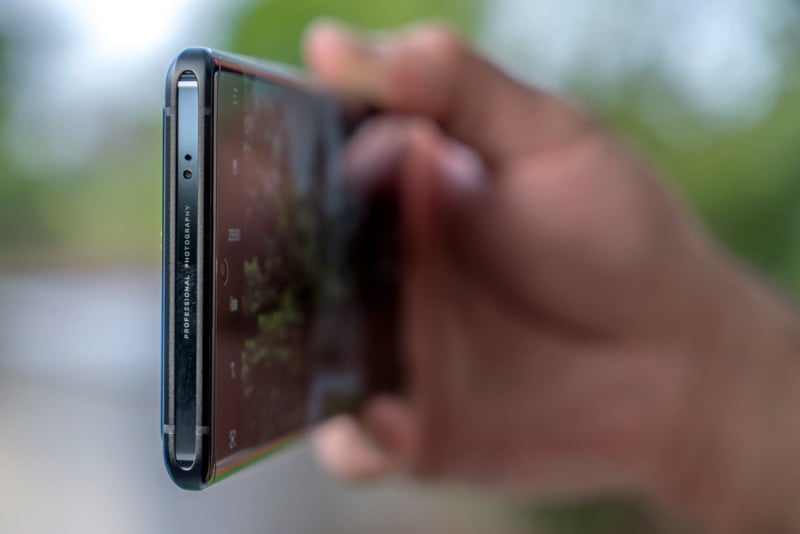Vivo X80 Pro Smartphone Review: Modest, Incremental Improvements
![]()
Vivo is back again with yet another flagship phone trying to push mobile photography to new levels, although it may be too soon to know for sure if the X80 Pro will ever do that.
The X80 Pro comes basically six months after the previous 70 Pro+, and only roughly 12 months after the X60 Pro+. At this rate, Vivo’s product cycle will see two flagships come out every calendar year. That’s great for the company’s own exposure, but makes newer features also feel a little too incremental.
Vivo has already staked a real claim to being one of the best in the business at mobile photography. As I’ve certainly noted in my reviews, its phones come with serious abilities, and a slew of features and customizations any photog could appreciate. Except the brand is still largely unknown in the West, so not everyone on this side of the world knows that yet. It’s building a strong following in China and India, and is likely to branch out further as others take notice.
The X80 Pro may or may not be the phone that helps the cause. Vivo’s partnership with Zeiss continues here, setting the stage for what may come as the two try to make magic together.
Design and Build
Unlike the evolution from the X60 to the X70, the move to the X80 doesn’t come with any dramatic change in design philosophy. The 6.78-inch AMOLED is the same, with the same resolution (3,200 x 1,440), same refresh rate (120Hz), same peak brightness (1,500 nits), same curved edges, and same pinhole front camera location.
From the front, sides, and bottom, it looks identical to the X70 Pro+. Buttons are in the same spots, as are the ports, speaker, and microphone. Where things start to differ is in the rear. The camera module is roughly the same size, only it looks totally different with a circular array and a wider mirrored bump that is actually useful for selfies with the rear cameras. The matte finish covering the rest of the back panel is otherwise the same as the X70 Pro+. Not to mention wireless charging is also included here, as it was last time.
The components underneath get a predictable upgrade, as Vivo is the latest to bring in Qualcomm’s new Snapdragon 8 Gen 1 processor. My review unit had 12GB of RAM and 256GB of storage, though other variants come with 8GB of RAM or 512GB of storage. As before, there is no memory card slot, so the onboard storage does matter. Other things, like the Extended RAM feature come into play here, taking 4GB of idle storage and treating it as memory to boost the system when necessary.
It is a 5G phone, but not as much in North America because it has limited support for 5G bands that work here. You won’t run into any issues with 4G LTE, and you can certainly travel to various countries using it without issue.
Camera Features
Zeiss’s presence is supposed to edge further forward here, where we should begin seeing the fruits of its collaboration with Vivo. Previous elements carry on, including the Zeiss T* Coating covering the rear camera array and elective Zeiss Color when shooting with the Photo mode.
![]()
The camera array lines up closely with the X70 Pro+, starting with the 50-megapixel main camera (23mm equivalent) that goes with a slightly different Samsung ISOCELL GNV sensor. It’s the same size (1/1.3-inch), though reportedly a custom-made sensor for Vivo that combines both dual-pixel autofocus and four-in-one pixel binning to quicken focusing in low-light conditions. Since it’s just an offshoot of Samsung’s GN1 sensor in the X70 Pro+, you can still shoot 100-megapixel shots in High Resolution mode.
![]()
The 48-megapixel ultra-wide camera (14mm equivalent) uses the same Sony IMX598 sensor and 114-degree field of view going back to the X60 Pro+. Perhaps controversially, depending on how you look at it, Vivo chose to remove the gimbal stabilization using the company’s own 360-degree Horizon Leveling Stabilization technology for steadier stills and video. Instead, it moved it to the telephoto lens.
In keeping with the theme here, it’s the same 12-megapixel Sony IMX663 sensor with 2x optical zoom (50mm equivalent) and f/1.6 aperture. This is the camera that plays a bigger role with portraits, and is Vivo seems to think that gimbal stabilization will make those portrait shots look better, including in low-light conditions.
The 8-megapixel periscope telephoto with 5x optical zoom (125mm equivalent) is also exactly the same as it was in both the X60 Pro+ and X70 Pro+. The 32-megapixel front-facing camera is also the same.
Vivo believes visible changes will be more evident by way of its updated V1+ Imaging Chip. It gives the image signal processor a boost, which the company quantifies by claiming images will come out 16% brighter and with 12% improved white balance for low-light shots. Indeed, it points out that some portions of an image could be 350% brighter with less noise and more vibrant colors.
Software Features
This is a tough one to quantify. Vivo’s camera app and layout is essentially the same, save for a couple of new modes called Dual View and AI Group Portrait. In Pro mode, Vivo added an “APC” setting that lets you change the perspective of anything you shoot in real time. It’s supposed to help you correct the optical “lean” when shooting something from various angles.
![]()
Look through the settings and you will see it added a “Remove moles” toggle that, when enabled, will take out any moles it sees on people while using Beauty mode.
One tweak that made sense was to put more settings closer to the actual interface. Tap the top-right settings button, and you can adjust the aspect ratio, timer, as well as turn on framing lines, level, stabilization, watermark, effects, and switch between auto and manual focus.
The X80 Pro runs on Android 12 and Vivo’s Funtouch 12, which feels very similar to the previous build.
Image Quality
Main Camera
I’m not sure I noticed a significant difference in output from this phone compared to its predecessor. Not that I expected one, given how similar the two devices are, but I tried to find whatever nuances that struck out at me.
![]()
Not surprisingly, the main camera is more than capable of capturing superb photos. I did have to dial down the exposure often, and it is true that images will look brighter across the board, not just in low-light settings. Zeiss’s color mode adds a warmer tone, but I’m not sure what else it really brings to the table, except for maybe more muted colors. HDR is virtually the same.
Photos are vibrant, with good detail, though Vivo still needs to work on the dynamic range in high contrast situations. That’s where the exposure slider can help, so in tougher conditions, I would try Pro mode as an alternative. With dark or low-light shots, Night mode wasn’t always necessary, but there were occasions where a longer exposure made for a better shot attempt.
![]()
The main camera defaults to a binned 12.5-megapixel output, which is ideal if you’re shooting in varying lighting conditions. The full High Resolution mode is okay, but again, I didn’t see a dramatic difference in output.
This phone does pick up more noise in darker areas than its predecessor did. I noticed this in various modes, including Pro and Night, and am not sure why. Somewhere in the software computation, the increased brightness possibly comes with that kind of trade-off. It may not be as noticeable when sharing images with others on phones, but once you look at them on larger tablets or computers, those artifacts become much easier to see.
Ultra-Wide
Vivo removed the gimbal stabilization from this lens, though it never applied to still images in the first place. I didn’t catch any real change in output here, so results will still be good, just not all that much better than before. Vivo does have some work to do to figure out how to remove distortion and gooey pixels along the edges.
![]()

The ultra-wide also doubles as the Super Macro mode, and when you get it right, the results look amazing. When you don’t, the visual evidence will make that obvious. You can get really close to a subject, but you also can’t control how much the software sharpens it, forcing you to try editing softer edges or tones in post afterward.

Telephoto and Hybrid Zoom
Gimbal stabilization does have some positive effects on shooting with the telephoto lens, and that includes low-light conditions. These photos won’t be as sharp, but there’s no doubt Vivo produces very good ones compared to competitors when staying within the phone’s limited optical range. Low-light shots are a little better this time, which is a nice perk to see, but there is a caveat.
![]()
That caveat happens once you move beyond the optical range. Hybrid zoom is not good, falling right off a cliff when you go beyond the periscope lens’ limits. The 60x zoom is objectively awful, and even at 15x in bright daylight, pixelation is hard to hide.
Portrait Mode
It’s easier to capture a portrait shot in varying conditions this time around, though the improvements are highly incremental; there was a bigger jump between the X60 and X70. It’s nice to be able to change the f-stop either before or after taking the shot, and Zeiss’ five portrait effects are always available under the Style section if you want to experiment with those.
![]()
Pro Mode
The key with Pro mode is to understand how some of the supporting features work. You need to in order to offset some of Vivo’s own excesses. For example, you can try SuperRAW to shoot in 14-bit and fend off noise with up to 10 RAW images bracketed together for the best possible output. A regular RAW shot will bracket three, five, or seven together when you turn that setting on within the interface.

This is the mode that can either truly impress or disappoint, and the line is thin between them in certain circumstances. Night or low-light shooting is one of them, and fraught with potential downsides. Get it right, and the results can turn out fantastic, producing images that mop the floor with the iPhone 13 Pro or Samsung Galaxy S22 Ultra.
Night
I’ve already touched on Night mode, which is slightly better in the X80 Pro, but there’s no leap forward here. You will get good shots, especially when you have some light sources helping to add some depth to an image, and it is dependable when you use it with a tripod. I would like more control over the length of the exposure (it’s automatic), but apart from that, I expect bigger steps in future devices.
![]()
The Style sub-section that Night shares with the Long Exposure mode is cool and worth playing around with. It may also be a good idea to move Long Exposure next to Night within the interface to make it easier to access when you need it.
Special Modes
Long Exposure is still my favorite of the special modes, and I’m hoping Vivo expands on it a little more with additional effects going forward. The X80 Pro doesn’t offer any new ones, but everything within the mode works as it has before.
Pro Sports needs work. It takes time to learn how to keep a subject sharp, and Motion Autofocus is key to that, which you can find in the camera app’s settings. Decide between auto or manual focus for what works best. This mode differs from the Sports Pan feature Vivo squeezed into the Portrait mode, a clear copy of Google’s Action Pan, only far more limiting because it only works on human beings, not animals or objects.
Video Features
This review focuses on the X80 Pro’s still photo performance, but I did try out some video. The phone shoots with the same resolution options its predecessor did, so don’t expect any major shifts in that regard.
One cool thing is the change in style and filtering. Zeiss’s Cinematic tone is an option to shoot in 2:39:1 with bokeh effects to boot. I would’ve liked to be able to shoot in 4K at 24fps in that mode, but results are still nice at 30fps or 60fps. With movie LUTs and filters available, there’s plenty of room for creativity shooting this way.
Taking a Baby Step Forward
The Vivo X80 Pro is to Vivo what an “S” device is to Apple iPhones. It brings modest improvements in some areas, but otherwise retains a vast majority of the build and software features. The camera arsenal the company established in its past two flagship predecessors remains intact, edging the needle a tad forward, though not offering any dramatic leaps to wow anyone who knows what Vivo can do.

Is it one of the best camera phones available? Sure it is. I’m just not sure Vivo needed to release it only months removed from its predecessor. The company is mum on when or if an X80 Pro+ will come this year. Odds are good it will, and if it does, it will make this phone feel like more of a momentary update rather than any sort of upgrade. I can understand if someone is moving up from a different phone, or from an X60, but this device’s similarities to the X70 are patently obvious throughout.
Are There Alternatives?
Vivo’s X70 Pro+ is a very worthy alternative because you will get much of the same output and performance with it. The Xiaomi 12 Pro took a very similar approach, improving output incrementally compared to previous models, and its night and low-light shooting is very competitive.
Samsung did the same with the Galaxy S22 Ultra, which continues to drop in price as the months go on. If you prefer to stay within iOS, the iPhone 13 Pro and Pro Max are still the best Apple can offer right now.
Should You Buy It?
No, not if you already have the Vivo X70 Pro or Pro+. There isn’t enough here to warrant that kind of upgrade. Even if you do have a different phone and want to try out a Vivo device, you may be better off holding off until it becomes clearer what the company is going to do before this year’s out.